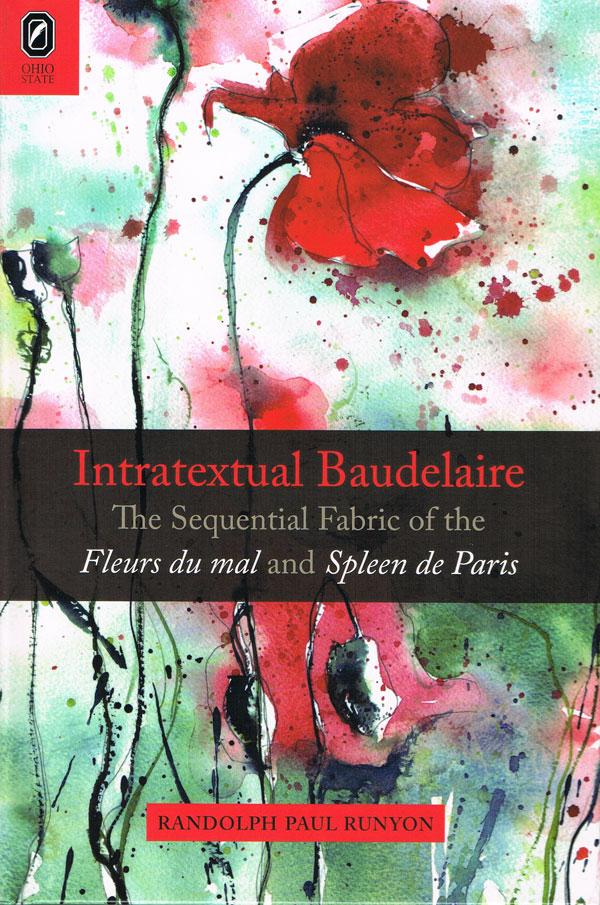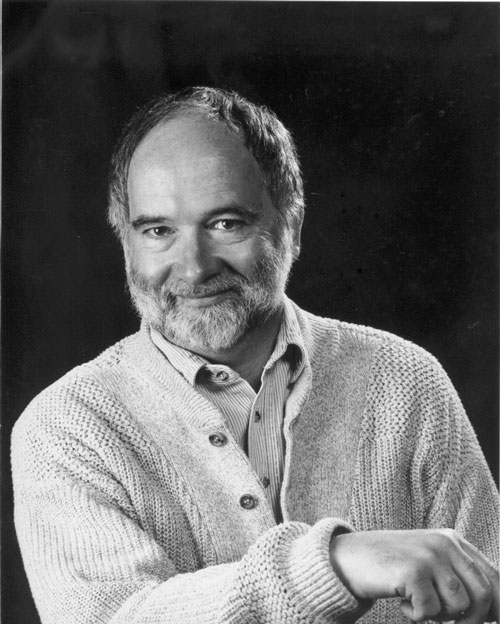Intratextual BaudelaireThe Sequential Fabric of the Fleurs du mal and Spleen de ParisRandolph Paul Runyon |
 2/18/2010 Literary Criticism/European/French 282 pp. 6x9  $54.95 cloth 978-0-8142-1118-2 Add cloth to shopping cart $14.95 CD 978-0-8142-9216-7 Add CD to shopping cart Shopping Cart Instructions Review/Change Shopping Cart & Check-out | |||
|
Table of Contents
Explore More The complete Fleurs du Mal in both French and English The complete Spleen de Paris (in French) The W. T. Bandy Center for Baudelaire Studies |
“Runyon’s analysis is stimulating and carefully argued . . . .” —Choice “This is a bold and original study of Baudelaire’s literary art. Professor Runyon meticulously challenges the still dominant view of Baudelaire’s prose poems, Le Spleen de Paris, as a somewhat random collection, and he refutes those interpreters skeptical of the unity and internal coherence of Baudelaire’s poetry, Les Fleurs du mal. All in all, it is a brilliant and well-documented response to the present state of Baudelaire studies seen from the perspective of textual coherence.” —Edward K. Kaplan, Kevy and Hortense Kaiserman Professor in the Humanities, Brandeis University “Randolph Runyon is a well-known writer on French literature and culture, and his Intratextual Baudelaire is a serious work, carefully argued, which will make a significant contribution to discussions of the organization of Baudelaire’s two books.” —Jonathan Culler, Class of 1916 Professor of English and Comparative Literature, Cornell University Intratextual Baudelaire: The Sequential Fabric of the Fleurs du mal and Spleen de Paris by Randolph Paul Runyon provides a new and provocative answer to the question that has intrigued readers for years: did the poet arrange the Fleurs du mal in a meaningful order? Runyon believes so, but not in the way most have conceived the question. Barbey d’Aurevilly’s claim that there was a “secret architecture” hidden in the Fleurs has long misled scholars by leading them to look for some overarching hierarchical organization, when they should have been looking for how the poems actually fit together, each to each, in the sequential fabric of the text. This is what Runyon has done, in a meticulous reading of every poem and its place in the sequence. Intratextual Baudelaire provides the most thorough analysis available of the textual changes Baudelaire made between the first and second editions and shows why he made them: so that the sequential structure would be preserved despite the addition of new poems and the deletion of those judged obscene. Extending his analysis to the Spleen de Paris with the same attention to detail and awareness of textual changes, Runyon shows that Baudelaire’s prose-poem collection likewise displays a rigorous sequential structure. Both collections are revealed as marvels of self-referential intratextuality. Whether one completely agrees with Runyon or not, Intratextual Baudelaire will certainly generate lively discussion among French studies scholars.
| |||


 Randolph Paul Runyon
Randolph Paul Runyon